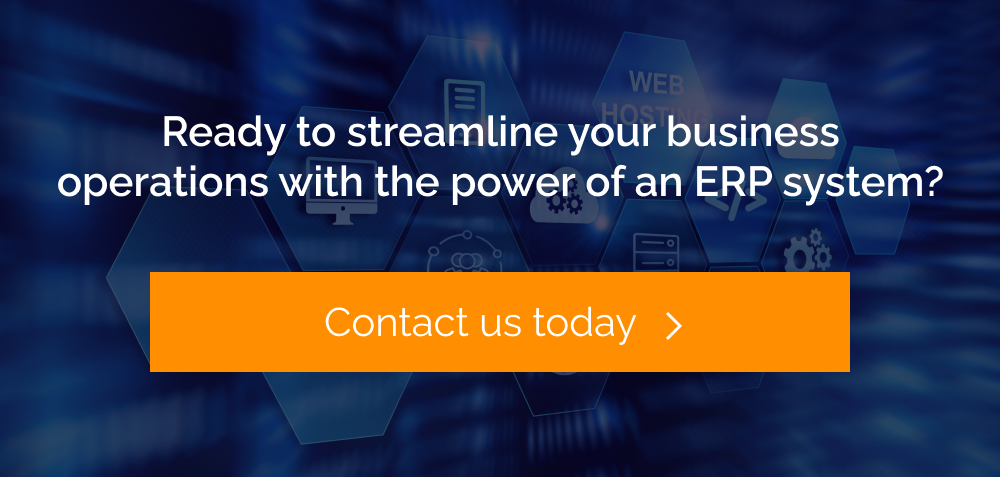The Key Drivers & Questions to Consider When Implementing a New ERP System
As organizations contemplate a new ERP system, there tends to be compelling reasons to endure a costly, risky, and oftentimes disruptive overhaul of the core business processes and enterprise systems.

Key Reasons Why Organizations Consider a New ERP System
- The customer and/or supplier bases is requesting capabilities that the current core systems can’t support.
- The current application stack is being sunset, and the software provider requires licensing the replacement.
- The current systems were custom developed and support no longer exists.
- The organization has been acquired and a transition to the acquirer’s software is required.
- The current systems do not meet the business and user requirements.
- The company’s volumes have impacted the ability of the software to scale.
Regardless of the drivers for change, the business needs to reflect on the ability of the organization to undertake such an initiative. In many organizations, this type of initiative is undertaken once every 10+ years. Consequently, many of the internal resources who’ve worked on the previous initiative may have retired, moved to another company, or have a different position within the company. Because of this, there are some important questions that need to be considered and answered when thinking about a new ERP system.
Important Questions to Ask Yourself
- Has the organization been successful with other initiatives that required significant change?
- What internal resources are champions of change?
- Are there resources available for this initiative?
- What other competing initiatives are currently in play?
- Is the organization siloed, or are current business processes reviewed and measured across functional lines?
- Is the organization willing to backfill or add key resources to support this initiative?
- Have the key users identified any deficiencies of the current systems?
- When the deficiencies are identified, should the organization reengineer the process or will workarounds be designed and implemented?
- Do data and reporting issues exist, and what needs to change to avoid this happening with the new system?
- Does the IT organization have the bandwidth to support the current technology stack and assist in the selection and implementation of the new system?
- Does a knowledgeable and experienced project manager exist in the company, and are they available?
So, before undertaking such a big project make sure to ask yourself these key questions as they will assist your business in determining how long the initiative will consume internal resources, the cost of external resources, expected disruption to the business, and if there are any significant risks that may arise when going through this foundational change.

